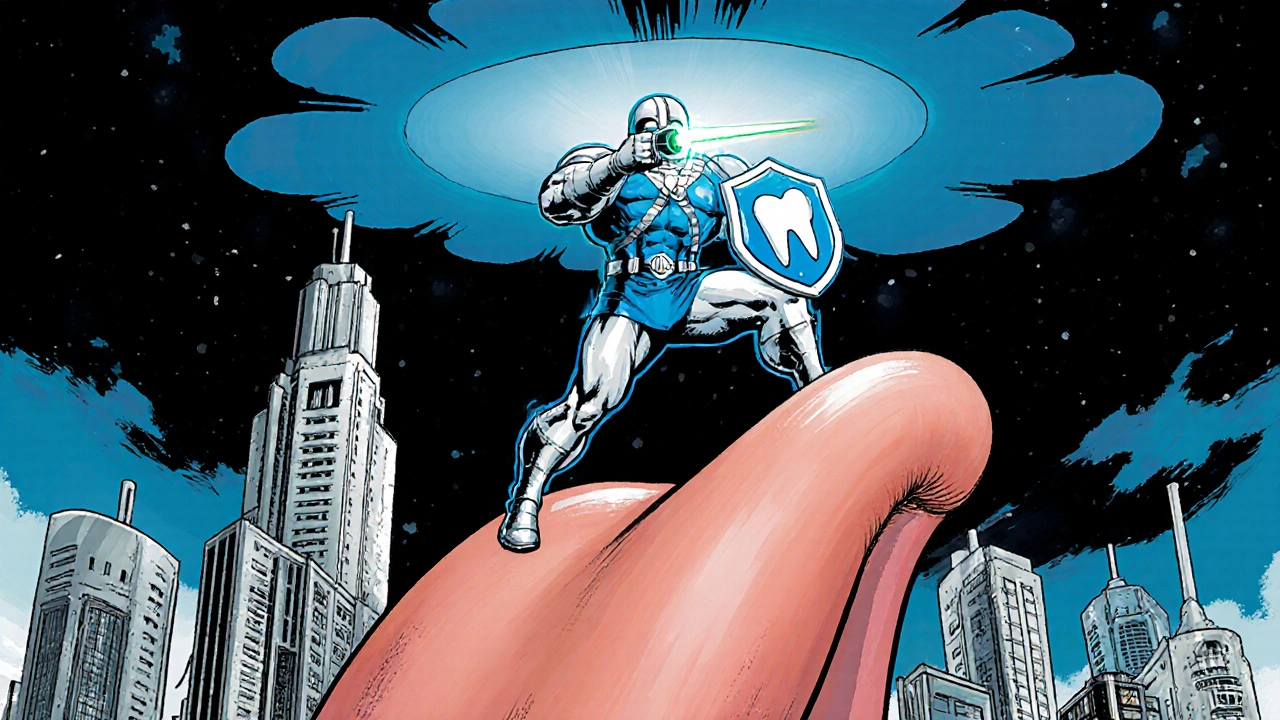Learn how prophylaxis-lifestyle changes, HPV vaccination, dental screening, and chemoprevention-can dramatically lower the risk of oral cancer.
HPV Vaccination: Everything You Need to Know
When you hear the term HPV vaccination, a preventive injection against the human papillomavirus that causes cervical, anal, throat and other cancers, human papillomavirus immunization, you know it’s about protecting yourself before any exposure. The goal is simple: stop the virus before it can cause disease. In practice, that means a series of shots given during the teen years or early adulthood, a schedule that most health agencies keep consistent worldwide.
One of the most common brands you’ll hear about is Gardasil, a vaccine that covers nine HPV types, including those responsible for the majority of cervical cancer cases. Gardasil’s wide coverage is why it dominates national immunization programs, but other formulations exist that target fewer strains and may suit specific age groups. The choice of vaccine ties directly to the disease it aims to prevent – chiefly cervical cancer, a malignancy linked to persistent infection with high‑risk HPV types. By neutralizing the virus early, the vaccine cuts the chain of infection, essentially removing the root cause of those cancers.
Why the vaccine matters for public health
Public‑health agencies such as the World Health Organization, the global body that sets vaccination guidelines and monitors disease trends have repeatedly highlighted HPV vaccination as a cornerstone of cancer prevention. Their recommendations influence school‑based programs, insurance coverage, and community outreach. When a country follows WHO’s schedule – typically two doses for ages 9‑14 and three doses for older teens – vaccination rates rise, and the incidence of HPV‑related cancers drops noticeably within a generation.
Safety is another key piece of the puzzle. Extensive studies over the past two decades show that the vaccine’s side‑effects are mild and temporary, like sore arms or low‑grade fever. Serious adverse events are exceedingly rare and are monitored constantly through pharmacovigilance systems. This safety profile, combined with the proven efficacy in preventing high‑risk infections, gives doctors a solid reason to recommend the shot to parents and young adults alike.
In addition to cancer prevention, the vaccine also lowers the risk of genital warts and certain respiratory conditions caused by HPV. That broader protection means fewer doctor visits, less anxiety about sexually transmitted infections, and overall better quality of life for vaccinated populations.
Now that you understand what HPV vaccination entails, how Gardasil fits into the picture, why cervical cancer prevention matters, and the role of global health bodies, you’re ready to explore the detailed articles below. The collection covers everything from dosing schedules and insurance tips to real‑world stories of people who’ve benefited from the shot, giving you a full view of why this simple series of injections can make a lifelong difference.

